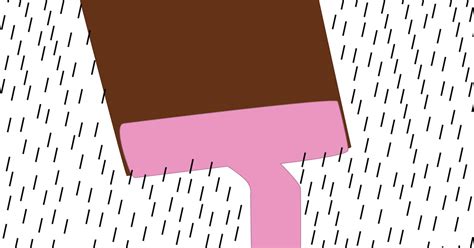Shave smart: How to eliminate razor burn & ingrowns for peak skin health?
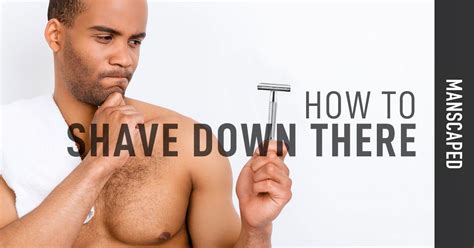
For many, the daily or weekly ritual of shaving is marred by the persistent adversaries of razor burn and ingrown hairs. These common skin irritations can turn a routine act into a source of discomfort and embarrassment, preventing you from achieving truly peak skin health. But what if you could transform your shave into a smooth, irritation-free experience? The good news is, you can. By adopting smart shaving practices, you can effectively banish these nuisances for good.
Understanding Your Adversaries: Razor Burn and Ingrown Hairs
Before we conquer them, let’s understand what we’re up against. Razor burn is characterized by redness, irritation, and sometimes small red bumps or a stinging sensation, typically caused by a dull blade, dry shaving, or shaving too aggressively. It’s essentially microscopic cuts and skin irritation. Ingrown hairs, on the other hand, occur when a hair curls back or grows sideways into the skin instead of growing out, leading to inflamed, painful bumps. This often happens after shaving, waxing, or plucking, especially with curly hair or when dead skin cells block the hair follicle opening.
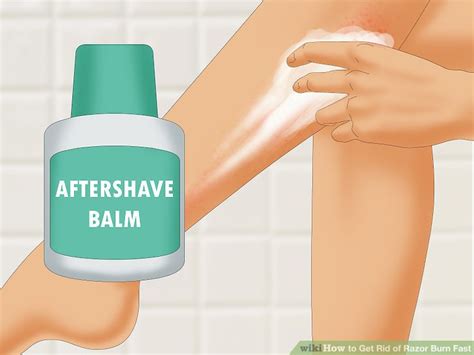
The Pre-Shave Ritual: Laying the Foundation for Flawless Skin
A smart shave begins long before the blade touches your skin. Proper preparation is paramount in softening your hair and opening up your pores, making the hair easier to cut and reducing friction.
1. Exfoliate Gently
About 12-24 hours before you shave, or as part of your shower routine, use a mild exfoliant. This helps remove dead skin cells that can trap hairs and lead to ingrowns. Look for products with salicylic or glycolic acid for chemical exfoliation, or use a gentle scrub or brush for physical exfoliation. Don’t overdo it, as excessive exfoliation can irritate the skin.
2. Warm Water & Steam
Take a warm shower or apply a warm, damp towel to your skin for a few minutes. The heat and steam soften your hair follicles, making them more pliable and easier for your razor to cut without tugging or pulling. This also helps to open pores, releasing any trapped hairs.
3. Pre-Shave Oil
Applying a few drops of pre-shave oil creates a protective barrier between your skin and the razor. It lubricates the skin, allowing the razor to glide more smoothly, thus reducing friction and the chances of nicks, cuts, and irritation.

During the Shave: Technique is Everything
Once your skin is prepped, the actual shaving technique becomes critical. This is where most common mistakes occur.
1. Use a Sharp, Clean Blade
This cannot be stressed enough. A dull blade is the primary culprit behind razor burn. It pulls at the hair instead of cutting it cleanly, causing irritation. Replace your razor cartridge or disposable razor every 5-7 shaves, or at the first sign of tugging. Rinse your blade thoroughly after each stroke to remove hair and shaving cream buildup.
2. Lather Up with Quality Shaving Cream or Gel
Don’t skimp on your shaving medium. A rich, moisturizing shaving cream, gel, or foam provides lubrication and helps the blade glide effortlessly. Apply it generously and let it sit for a minute or two to further soften the hair.
3. Shave with the Grain
For most areas and especially if you’re prone to irritation, shave in the direction your hair grows (with the grain). While shaving against the grain might give a closer shave, it significantly increases the risk of razor burn and ingrown hairs by pulling the hair up and cutting it at an awkward angle. If you must shave against the grain for a closer shave, only do so on your second pass, and only in areas where your skin tolerates it well.
4. Light, Short Strokes
Let the razor do the work. Apply minimal pressure and use short, controlled strokes. Repeatedly going over the same area with too much pressure will only irritate your skin. Stretch your skin taut with your free hand to create a flat surface for an easier shave.

Post-Shave Care: Soothe, Hydrate, and Protect
Your work isn’t done once the last hair is cut. Post-shave care is vital for calming the skin and preventing future irritation.
1. Rinse with Cold Water
Immediately after shaving, rinse your face or body with cool water. This helps close your pores, reduce inflammation, and soothe the skin.
2. Apply an Alcohol-Free Aftershave Balm
Skip the stinging, alcohol-laden aftershaves that dry out your skin. Instead, opt for a soothing, alcohol-free aftershave balm or lotion. Look for ingredients like aloe vera, witch hazel, chamomile, or tea tree oil, which calm and hydrate the skin, reducing redness and irritation.
3. Moisturize Regularly
Keeping your skin well-hydrated is crucial for skin health and preventing ingrowns. A good moisturizer helps keep the skin soft and pliable, making it easier for hair to grow out naturally rather than curling back into the skin. Apply it daily, not just after shaving.
4. Targeted Treatments for Existing Ingrowns
If you already have ingrowns, resist the urge to pick or squeeze them, which can worsen inflammation and lead to infection or scarring. Instead, use a warm compress to help bring the hair to the surface, and then gently exfoliate. Topical treatments containing salicylic acid, glycolic acid, or witch hazel can also help to unblock follicles and reduce inflammation.
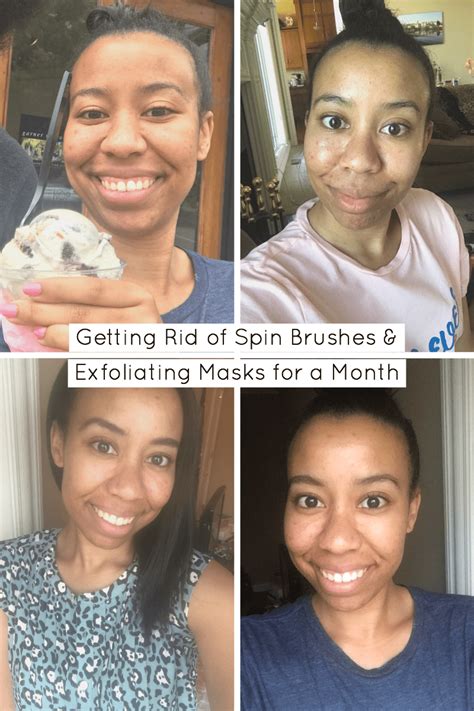
Long-Term Strategies for Peak Skin Health
Beyond the immediate shave, consistent practices contribute to healthier skin and fewer issues.
- Regular Exfoliation: Make gentle exfoliation a part of your routine, 2-3 times a week, to keep dead skin cells from blocking follicles.
- Hydration: Drink plenty of water to keep your skin hydrated from within.
- Clean Tools: Always store your razor in a clean, dry place to prevent bacterial growth. Consider a razor stand to allow it to air dry properly.
- Consider Alternatives: If despite all efforts, you still struggle with severe razor burn and ingrowns, consider alternative hair removal methods like electric shavers (which don’t cut as close), depilatory creams, or even laser hair removal, especially for sensitive areas.
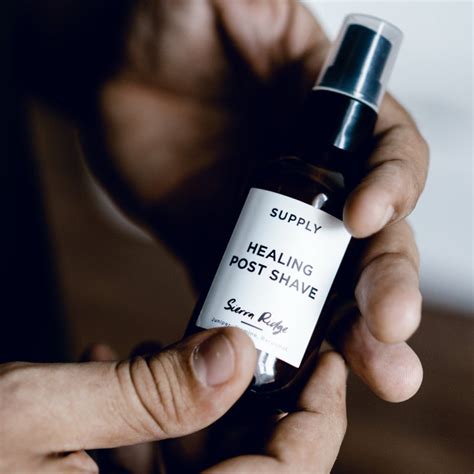
Conclusion
Eliminating razor burn and ingrown hairs isn’t about magic; it’s about mindful practice and understanding your skin’s needs. By embracing a smart shaving regimen that includes thorough pre-shave preparation, precise shaving technique, and diligent post-shave care, you can transform your grooming experience. Say goodbye to irritation and hello to consistently smooth, healthy skin. Your skin will thank you.








